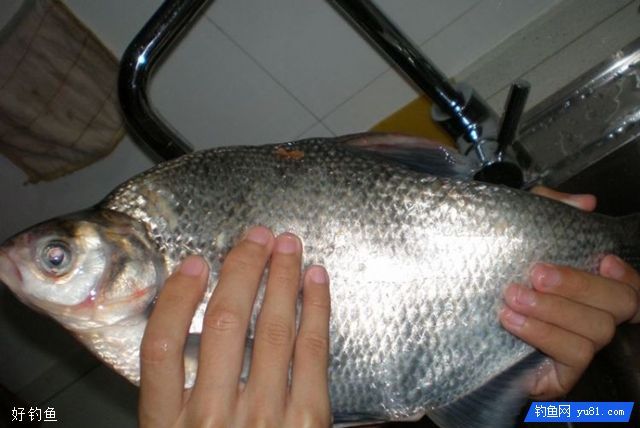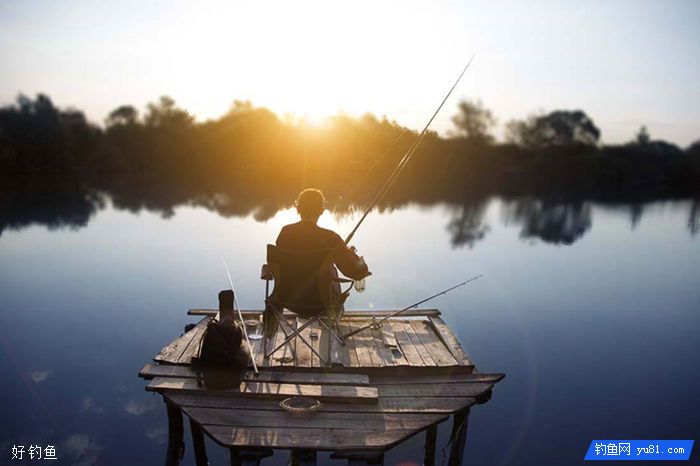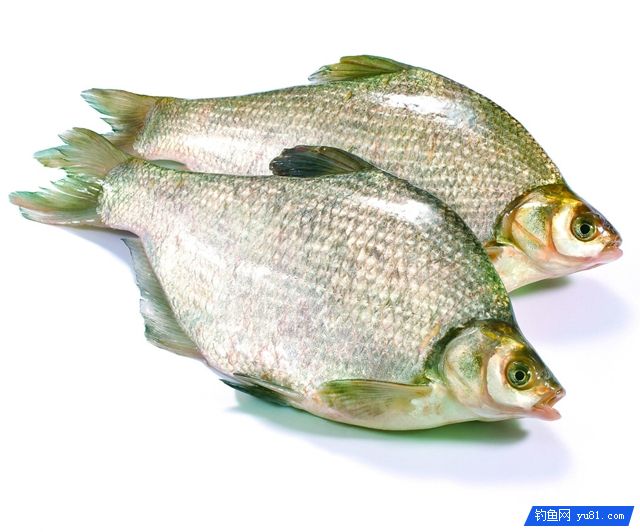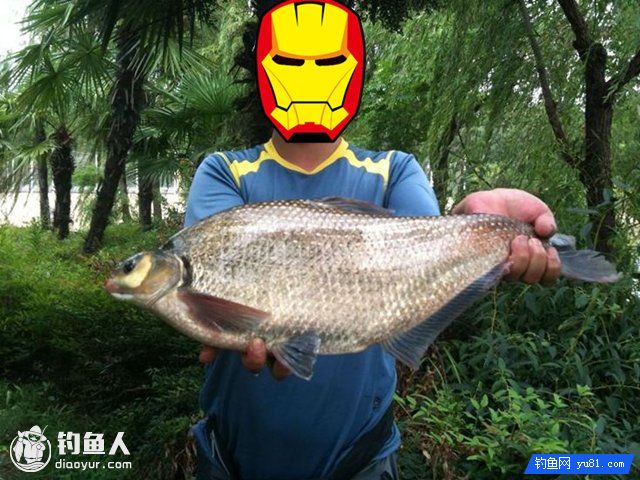Complete Explanation Of The Skills Of Fishing Bream In Sprin
Bream is an omnivorous middle and upper-class fish, with the habit of migration, tide and nesting, and is a very good target fish species to catch.
Let’s talk about the living habits of bream first. Breams generally live in the middle and upper levels of water bodies, and like to eat various aquatic plants, insects, as well as grass and vegetable leaves falling on the water surface. In spring, summer and autumn, you can often see brutes eating in groups of three or five on the water surface or under the aquatic plants. When the tide flows, you can also see large groups of breutes gather on the side where the tide is coming from the river network to reach the tide and turn flowers, and you can catch them at this time.
The effect of fishing on the bream is better than that of traditional fishing, because the bait on the Taiwan fishing starts to atomize when it enters the water, and breams in nearby waters can be attracted soon, but this article only talks about tradition, so I won’t talk much about anything else.
I generally fish for bream fishing and fishing without nests. Fishing is common in all seasons, and the effect in summer is better than other seasons. There are many tides in summer, and a large number of willow leaves and breams pour into the inland rivers with the tide. They stay where there are aquatic plants and food, and they often stay. The number is amazing, but the majority are small in size and can be caught with red worms, earthworms, rice, wheat grains and corn.
The main thing is the atomized bait for fishing fish. We use bran, rapeseed cakes and other locally to make nests, and this type of wine and rice is much better.
There is no doubt that fishing for bream is better than meat bait. At first we used rice grains to catch breams, but later we gradually changed to cooked wheat grains. The frequency of fishing between the two is similar. The key is that the individual breams caught by wheat grains are much larger. During the hottest period of summer, we have a group of professional experts who specialize in bream fishing. They use wheat grains to make nests and wheat grains for fishing. The ones they pulled up were all big wild breams with more than half a pound. I also tried to play them several times. I caught too many of them and couldn't even raise them even if I took them home. The next day, I floated a pond of dead fish, so I usually don't go fishing specifically in summer.
The breams enter the nest quickly, just like the upper-level fish like white stripes and tilted mouths. As long as there are fish nearby, they will enter the nest within three or five minutes after making the nest. After fishing a few, the fish will be frightened and dispersed. They should change the nest immediately. They will only hit one or two nests at a time. After the fishing, they will fish and change the nests after the fishing. They will keep changing the fishing spots along the river to ensure that there is no cold mouth. It is easy and ordinary to catch twenty or thirty breams in this way.
If you want to catch large breams in summer, you must first keep fishing in a heavy nest, use wheat grains to make nests, fish in a wheat grain, and fish in a lure. The second is to fish for floating. The chance of capturing large breams when fishing for floating is much higher than that when fishing for the bottom. When fishing for floating, you can use vegetable leaves and other floating floats to catch half of the water, or you can drop the tide, catch the tide, and watch the fish get hooks. You must learn to adapt to the situation. Preserving the right medicine is the way to make adjustments.
In early spring, which is the time before April, I mainly fish for bream. After April, as the temperature rises, aquatic plants such as peanuts and duckweed grass begin to grow rapidly, and the breams basically disperse their nests and will be dispersed to different locations in the river. During this period, bream, like other fish, has just recovered from the dormant in winter and urgently needs a lot of food to replenish your energy. You can catch good breams by fishing in nests and fishing at the end. When fishing for big breams in spring, I usually take the initiative to look for fish tracks and see the hooks under the fish. In early spring, the water peanuts in the river are not as dense as in summer. Sparse bright water can be seen everywhere between the cracks of the grass. On sunny days, observe carefully and you can see the movements under the water peanuts, accompanied by the smacking of lips and the bubbles as big as beans. This is the twitch hunting in the bottom. In this case, just choose a not-too-long star float line group, float the star to about ten centimeters above the sky hook, and gently send it into the grass crack with a long rod. You can lift the rod by pulling the float, sending the float, and pausing, but you basically don’t run away.
In addition to peanuts, fishing fish can also be carried under duckweed grass and revolutionary grass, but the movement will be relatively small and you need to observe carefully. Not only breams are brought up under the duckweed grass, but also many large crucian carp. After being caught, you should pull the fish out of the water as soon as possible to avoid disturbing the fish school.
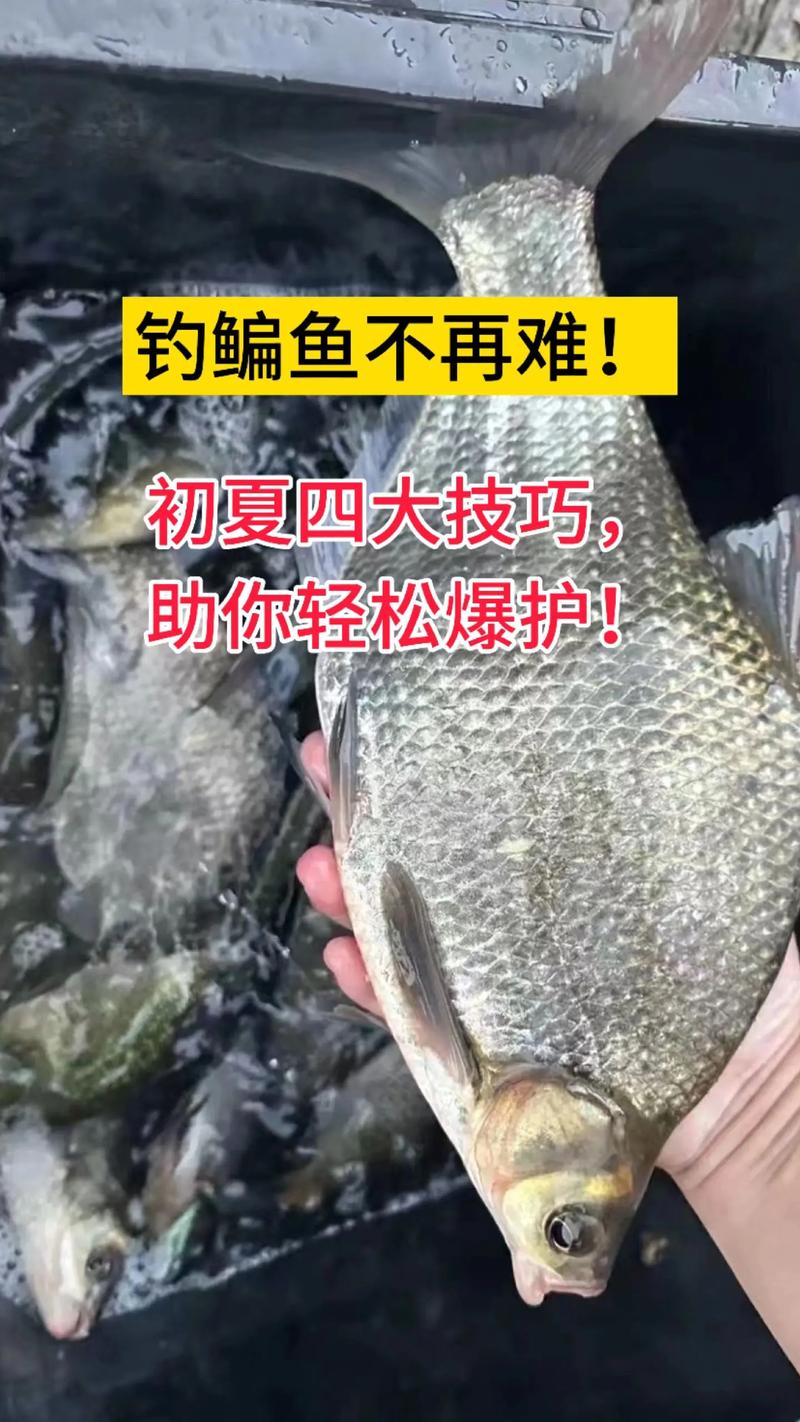
In late spring, early summer and mid-autumn seasons, early breams will hide under reeds not far from the shore in the morning and evening. At this time, breams are very vigilant. Generally, after one is brought up, the fish will scatter to other places. If you want to catch more, you must try to hide your body and reduce the noise. Second, you must turn and look hard, and only then can you gain good results if you are serious.
During the early summer period, the tide began to flow frequently. During the tide, breams have the habit of rushing toward the tide and turning flowers. On the side of the tide, fish can often be seen gathering in large numbers, and the large plates of water splashes are rising one after another. At this time, the fish's appetite is not too strong, and it is necessary to repeatedly attract teasing to the fish to take the hook. However, the fish are usually big breams of about pounds, and it is very good to get two at a time.
Finally, let’s talk about fishing for bream in winter. I believe this is also something that many friends pay more attention to. Last winter, I was addicted to the pleasure of the big bream after taking the bait and couldn't extricate myself, so I was so full of fish at home. Now late autumn is coming, and the temperature is constantly falling. The good days of fishing bream in winter are coming again.
Knowing the nature of fish and then looking for fish trails. Fishing bream in winter is based on a full understanding of the living habits and food properties of bream in winter. In winter, breams have the habit of gathering nests. The choice of dens is the most critical. Choosing a fish nest must follow certain rules, but it is not static. It must be adjusted continuously according to the climate, water level, etc. When you first come into contact with a strange river pond, the first thing you need to do is to observe the terrain on both sides of the river, the distribution of aquatic plants, and whether there are floating objects, obstacles, etc. on the water surface that are prone to forming fish nests. Next, you need to hang a hook group and search along the river with bait, roughly understand the basic situation and water level depth at the bottom of the river, form a preliminary concept, and then make a judgment based on this as the basis for choosing a fishing spot.
It is most important to find the relationship between obstacles and depth in winter. Breams have the habit of aggregating obstacles, especially floating objects fixed on the water surface. As long as the water depth below meets certain requirements, it is generally a good den. In addition to floating objects, a piece of rotten aquatic plants, a wire rope that lies across the water, and even a branch exposed to the water may bring unexpected surprises.
When forming a fish nest with an obstacle, a comprehensive judgment should be made based on the water depth. If the water temperature is too shallow in winter, it is too low and easily disturbed. It will not be an ideal den. If the location is too deep, there will be insufficient light and lack of food, and it will not be easy to form a fish nest. Only when the depth is moderate is the best choice.
If no obvious floating objects and obstacles are found in the river pond, the location at the junction of depth will generally be the area where breams gather. This area will migrate with the changes in light and temperature, with a shallower temperature increase and a slightly deeper temperature drop, but it is generally within a certain range. When looking for fish nests, we should combine experience summary and field fishing. We should not just stick to past cognition. The essence of traditional fishing lies in adjustment and adaptation, and we should not be trapped in the rules and regulations.
The line group for fishing bream in winter should not be too thin. Line 1 of about four meters and a soybean-sized sky hook is enough. It can be easily dealt with even if it encounters five or six kilograms of carp. Fishing breams is a dynamic process. Most of the time when the hook and bait falls, there will be breams half-water to grab food. It doesn’t matter if the line is thicker and the hook is larger. If the line group is smaller, it is easy to break the line and run away the fish. There is no second choice for fishing for red worms. Fishing for red worms in winter has great temptation for all kinds of fish and is a veritable king of winter bait.
In winter, even in the fish nest, bream will not stay completely at the bottom of the water. Most of them are in a half-water position, so when fishing, you should focus on dynamics. The hooks should keep moving under the water and search for the entire water layer. The hook of bream is mostly shown in the star float line group, and the hook is usually sunk to the bottom. If it is half water hook, the drifting and pause will appear. As long as there is something strange during the hook sinking to the bottom, it may be the fish's mouth, lift the rod in time, and put it down again if it doesn't work. It would rather kill a thousand by mistake than let one go.
Recommended Reading
About us| Privacy Policy| Contact Us
Copyright © 2023-2030 Copyright@Love Fishing
